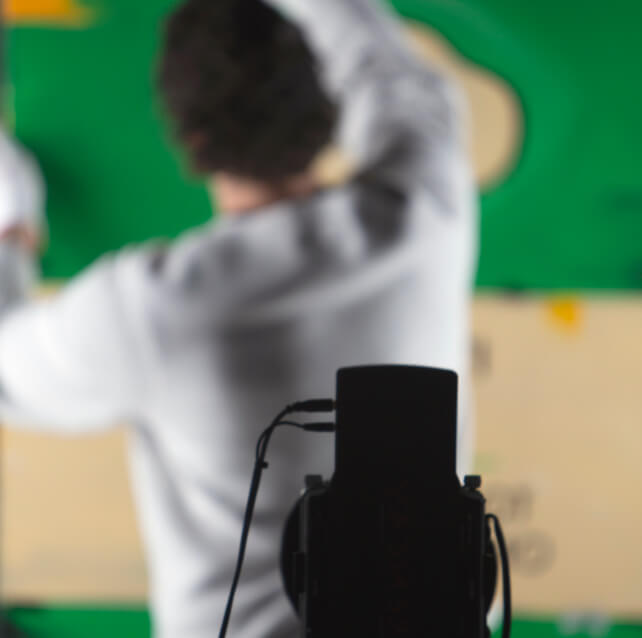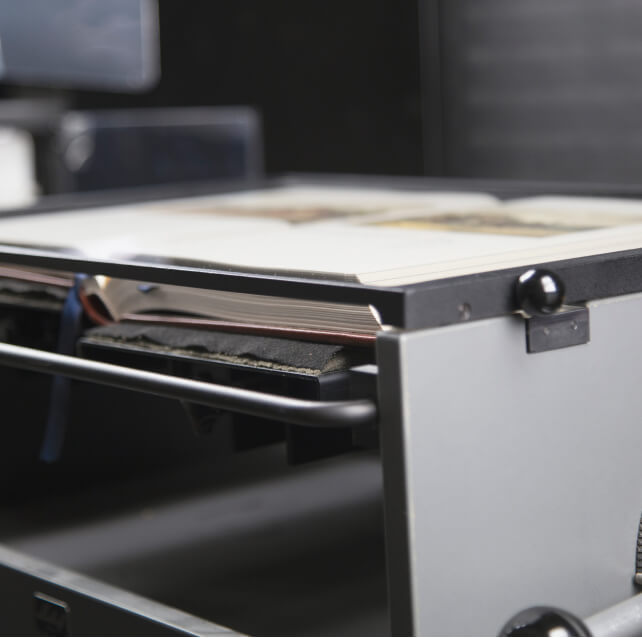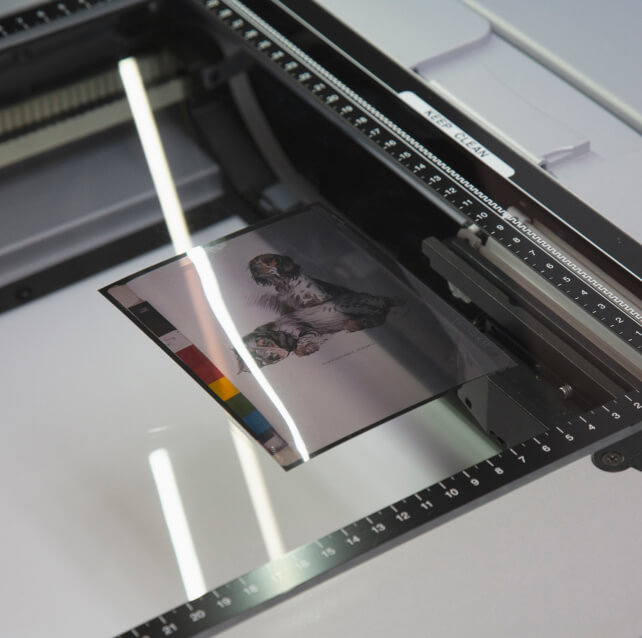High-End Scanning Services for Art, Photography, and Documents
High-end scanning services are essential for preserving the integrity of artworks, documents, and photographs. From intricate fine art to delicate archival materials, choosing the right scanning method ensures accuracy, colour fidelity, and long-lasting digital reproductions. Whether for artists, museums, or businesses, scanning services provide a range of solutions tailored to your unique needs.
History and Evolution of Scanning Technology
The development of scanning technology has revolutionised how we preserve and reproduce physical media. From the early days of flatbed scanners to today’s advanced camera-based scanning, each method has evolved to meet the demand for higher resolution, colour accuracy, and archival quality. Understanding the evolution of these technologies allows us to appreciate the variety of options available for different media types.
Types of High-End Scanning Services
Different types of high-end scanning services cater to various materials and output requirements. Understanding the specifics of each option helps you choose the best method for your needs.
Flatbed Scanning
Flatbed scanning is one of the most widely used methods for high-resolution scans of documents, photographs, and smaller works of art. Flatbed scanners consist of a glass surface where the material is placed, while a scanning sensor moves beneath it to capture the image. Flatbed scanners typically offer resolutions of 600 to 6400 DPI, with higher resolutions best suited for smaller items like 35mm slides.
- Best For: Flat, non-textured objects like paper documents, photographs, illustrations, and smaller artworks.
- Resolution & Quality: Flatbed scanners offer resolutions up to 6400 DPI, depending on the size and detail of the material, making them ideal for detailed prints and digital reproduction.
- High resolution for fine details.
- Excellent colour fidelity.
- Suitable for both grayscale and colour scanning.
- Limited size capacity. Generally suited for materials that can fit within a standard A4 or A3 area, though larger flatbeds exist.
- Not suitable for highly textured or fragile materials due to the direct contact required with the glass.
Camera-Based Scanning
Our camera-based scanning utilises a scanback system, capturing ultra-high-resolution scans (up to 700MP) from large-format camera systems in a controlled environment. Unlike traditional photography, this technique creates scanned files for true-to-life digital reproductions. This method is often used in archival settings where the preservation of the original piece is critical.
- Best For: Large paintings, textured surfaces, fragile or 3D objects, and oversized materials that cannot fit into a flatbed scanner.
- Resolution & Quality: Our scanback system delivers up to 700MP scans, with the potential for future upgrades to 2800MP, ensuring unparalleled detail and archival quality.
- Safe for fragile and oversized materials, as there is no direct contact with the original piece.
- Can capture intricate textures and details that might be lost in traditional scanning methods.
- Suitable for both flat and three-dimensional objects.
- Requires specialised equipment and a controlled lighting environment for optimal results.
- Typically more expensive due to the equipment and setup involved.
- Can be slower compared to other scanning methods.
Overhead Scanning for Books and Artworks
Overhead scanning is a method that employs a high-resolution camera mounted above a flat surface to capture images of books, paintings, maps, and other large or delicate artworks. This technique is especially valuable when preserving the integrity of the original piece is crucial.
- Best For: Large-format books, paintings, maps, posters, fragile or historical documents
- Resolution & Quality:
- Overhead scanning systems can achieve very high resolutions, often surpassing those of flatbed scanners. The exact resolution depends on the camera's sensor size and lens quality.
- Proper lighting and camera settings are essential to ensure accurate colour reproduction and detail capture.
- Safe for fragile items: While our overhead scanning process uses a glass pane to press books flat, it still ensures minimal impact on fragile materials, making it ideal for preserving delicate or historical documents.
- Large format: Can handle books and artworks of various sizes, including those that are too large for flatbed scanners.
- High-resolution output: Can produce images with exceptional detail.
- Preservation of originals: Ideal for preserving valuable or historical items.
- Requires specialised equipment: Overhead scanning systems can be more expensive than flatbed scanners.
- Setup and calibration: Setting up an overhead scanning system can be more complex, requiring careful alignment of the camera and lighting.
- Potential for shadows: Shadows can be a challenge, especially when scanning three-dimensional objects or books with uneven surfaces. Proper lighting and positioning can help minimise their impact.
Note: While overhead scanning is a valuable tool for many applications, it may not be the best choice for highly detailed or textured objects, as the camera's perspective can introduce distortions. In such cases, a combination of overhead scanning and other methods, such as flatbed scanning, might be necessary.
Overhead scanning uses a glass pane to press books flat, there is some contact with the original material. This method may not be ideal for extremely fragile books, as it can place strain on the spine. For delicate or historical books, alternative methods such as a V-shaped cradle system may be more appropriate to preserve their integrity.
Benefits of High-End Scanning
Compared to photography, scanning offers far greater detail and larger file sizes, essential for high-quality reproductions. Scanning also allows for more controlled lighting, reducing shadows and inconsistencies common in photographs.
High-end scanning services provide numerous advantages:
- Superior Quality: High-end scanning ensures the highest resolution, colour accuracy, and detail, making it perfect for archival purposes and art reproduction.
- Preservation: Scanning services create digital archives, preserving the integrity of physical media for future generations.
- Versatility: Different scanning methods cater to various media types, from flat artwork to three-dimensional objects.
- Customisation: Scans can be optimised for print, digital display, or archival storage based on your needs.
Who Uses Our High-End Scanning Services?
High-end scanning services are widely used by professionals across different fields:
- Artists: To create digital reproductions or Giclée prints of their original artworks.
- Photographers: For high-quality digitisation of negatives, slides, and photographs.
- Museums and Galleries: For archiving and preserving historical documents, photographs, and artworks.
- Businesses: For converting paper documents into digital formats for storage and easier access.
Famous Artworks Scanned with Advanced Technology
Many renowned artworks have been scanned using high-end techniques, including pieces from the National Portrait Gallery and Royal Academy of Arts, ensuring their longevity and accessibility for future generations.



